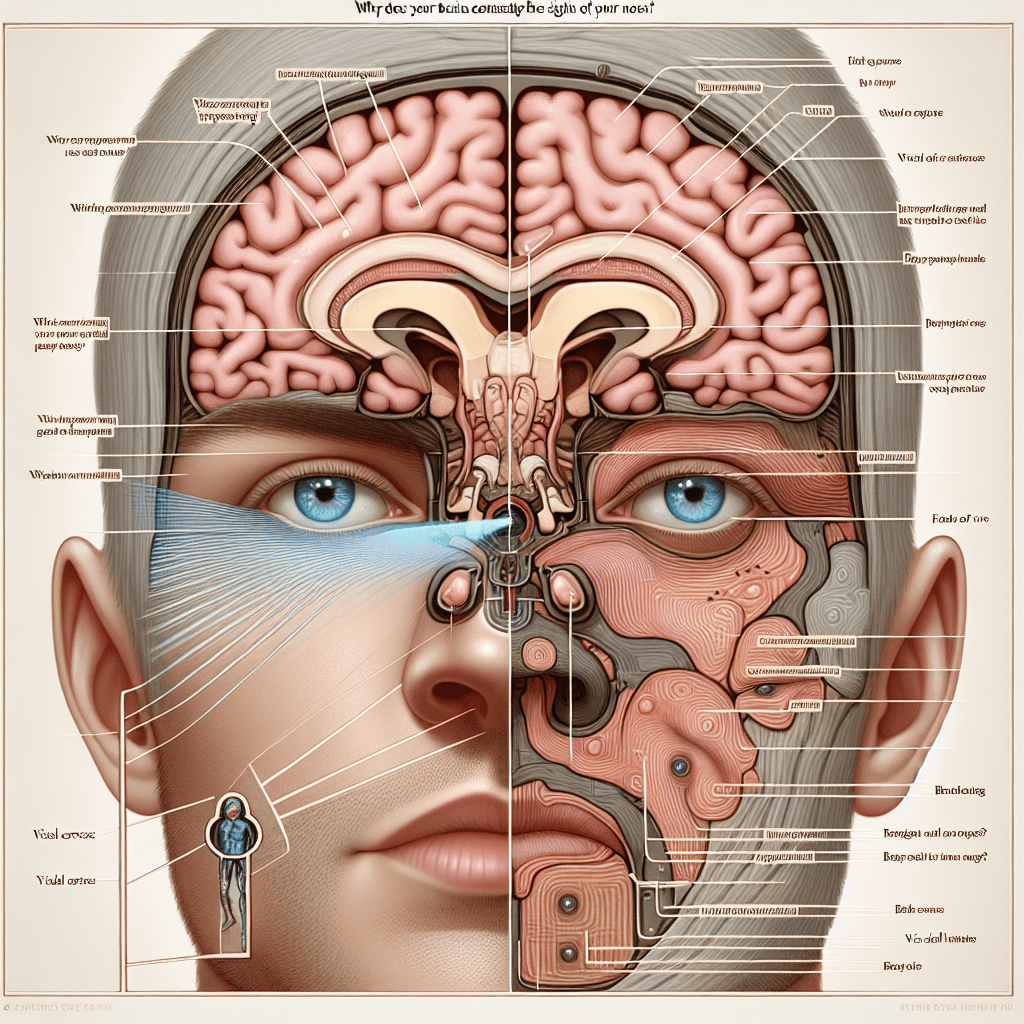Why are about fifteen percent of humans missing a muscle in their forearm
It's not a defect; it's a sign of human evolution in action. A simple, two-second test can reveal if you're one of the 15% of people who no longer have this ancient muscle.


Too Long; Didn't Read
TLDR: Around 15% of people lack the palmaris longus muscle in their forearm. It's a vestigial evolutionary leftover from our tree-climbing ancestors and is no longer needed for modern grip strength, so its absence is a normal variation with no negative effects.
Check Your Wrist: Why Are About Fifteen Percent of Humans Missing a Muscle in Their Forearm?
Place your arm on a flat surface, palm facing up. Now, touch your thumb to your pinky finger and slightly flex your wrist upwards. Do you see a distinct tendon popping up in the middle of your wrist? If you do, you have a palmaris longus muscle. If you don’t, congratulations—you’re part of an estimated 15% of the global population that doesn’t. This simple test reveals a fascinating quirk of human anatomy that tells a story millions of years in the making. But why do some of us have this muscle while others don't? This blog post will explore the evolutionary tale behind this disappearing muscle, what it once did, and whether its absence makes any difference today.
The Muscle in Question: Meet the Palmaris Longus
The palmaris longus is a long, slender muscle that runs from the bony bump on the inside of your elbow (the medial epicondyle) down your forearm, connecting to the tough connective tissue in the palm of your hand. For those who have it, its primary function is to provide weak flexion of the wrist.
The absence of this muscle, known as palmaris longus agenesis, is a perfectly normal anatomical variation. The prevalence varies significantly across different populations. While studies indicate it's missing in around 15% of people on average, this figure can be as high as 25% in some Caucasian populations and as low as 4% in certain Asian and African populations. It’s also possible to have the muscle in one arm but not the other.
A Glimpse into Our Evolutionary Past
The reason for the palmaris longus's slow disappearance lies in our evolutionary history. The muscle is considered a vestigial structure—a feature that was essential for our distant ancestors but has lost its primary function over time due to evolutionary changes. Think of it like the human appendix or wisdom teeth.
So, what was its original purpose? For our primate ancestors who navigated the world by climbing and swinging through trees (a form of locomotion called brachiation), the palmaris longus was crucial. It provided additional strength for gripping branches and supporting body weight. Mammals that rely heavily on their forelimbs for movement, like monkeys and lemurs, almost always have a well-developed palmaris longus.
However, as early humans evolved to walk upright (bipedalism), our hands were freed from the demands of locomotion. They became specialized tools for dexterity, precision, and manipulation—crafting tools, gathering food, and communicating. The intense gripping strength provided by the palmaris longus was no longer a key factor for survival. As a result, there was no evolutionary pressure to keep it, and the genetic variation for its absence began to spread.
No Muscle, No Problem? The Functional Impact
If you’re in the 15% club, you might wonder if you're at a disadvantage. The answer is a resounding no. Numerous studies, including research published in the Journal of Hand Surgery, have found no statistically significant difference in grip or pinch strength between individuals with and without the palmaris longus muscle. Other muscles in the forearm have long since taken over its minor role in wrist flexion.
In fact, its expendable nature has made it incredibly useful in modern medicine. The palmaris longus tendon is a surgeon's dream for reconstructive procedures. Because it can be removed with no functional consequence, it serves as a perfect spare part for:
- Tendon Grafts: Repairing or reconstructing other, more critical tendons in the hand, wrist, or elbow.
- Ligament Reconstruction: Assisting in procedures like Tommy John surgery to repair elbow ligaments.
- Plastic Surgery: Used in procedures like lip augmentation and facial paralysis correction.
In this sense, not having the muscle simply means a surgeon would have to source graft tissue from elsewhere if needed.
Conclusion
The disappearing palmaris longus is a living demonstration of evolution in action. It’s a relic from our tree-dwelling past that has become functionally redundant as humans evolved. Its presence or absence is a simple anatomical quirk with no impact on strength or daily function. So, whether you have that pop-up tendon or not, you can appreciate it for what it is: a direct, physical link to your own evolutionary journey. The next time you see someone do the wrist test, you’ll know the fascinating story behind why some of us are carrying a little extra piece of our primate history.


